RFID Technology Sharing: From Principles to Guidelines
Have you ever thought that you can check out the goods in the supermarket without scanning the code one by one, and you can know the quantity of goods in the warehouse without manual counting? The magical technology behind this is RFID! Next, let's take you to easily understand what RFID is and how to use it.
What is RFID? A little expert in contactless identification
RFID, the full name is Radio Frequency Identification. Simply put, it is like giving an item an "electronic ID card" and using radio waves to transmit information. Unlike the barcodes we are familiar with, which need to be aligned with the barcode scanner to be read, RFID does not need "face to face" and can be recognized across boxes, clothes, and even walls. Moreover, it can read many tags at the same time, with super high efficiency, and is a powerful assistant for modern intelligent management. An RFID system mainly consists of three parts: the reader is responsible for transmitting and receiving signals, like a "commander"; the electronic tag stores the identity information of the item, which is the "ID card"; the antenna is used to transmit signals and is the "bridge" connecting the two.
How does RFID work? A wireless information transmission show
When an object with an RFID tag approaches the antenna, an information transmission will be triggered. More than 90% of the tags on the market are passive tags. They do not need batteries. As long as they receive the radio frequency signal sent by the reader, they can "borrow" some energy, activate the chip, and send back the stored information. Active tags are even more powerful. They have their own batteries and can actively send signals. The identification distance can reach more than 100 meters, which is particularly suitable for tracking items moving over long distances. There are three "small rooms" in the RFID tag: the EPC area stores a unique identification code, the TID area records the factory information, and the user area can also write data as needed. From a small commodity to the entire logistics chain, everything can be managed clearly.
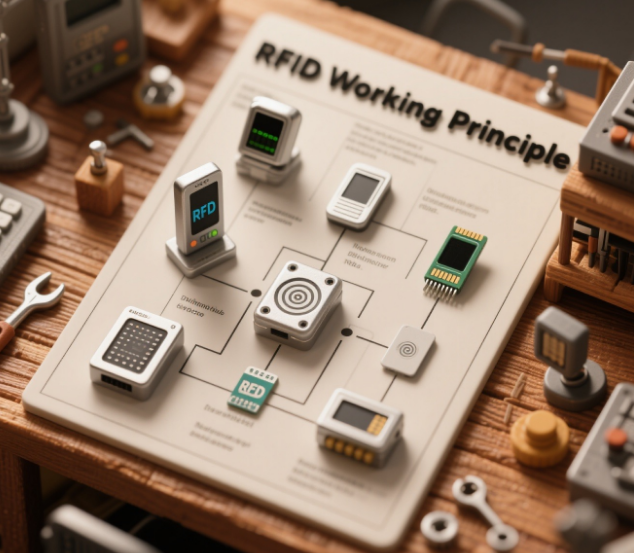
Different frequencies, each showing its magical power
RFID is divided into low frequency, high frequency and ultra-high frequency according to different working frequencies. They have their own advantages in different scenarios:
Low frequency (LF): Its signal can easily pass through metal and liquid, but its "vision" is not very good, and the reading distance is only within 10 cm. Pet chips and access cards use low-frequency RFID. Chips are implanted in pets so that they can be found if they get lost.
High frequency (HF): High frequency RFID supports NFC function, with a reading distance of about 30 cm, unified global standards and strong compatibility. The bus cards and library borrowing cards we use are all its "masterpieces", and information exchange can be completed with a swipe.
Ultra-high frequency (UHF): Passive, the tag is very cheap, less than one cent, the identification distance can reach up to 25 meters, and it can read many at a time. It is perfect for warehouse inventory and supermarket commodity management. However, it is easy to "fall off the chain" when encountering metal and liquid, so pay attention to choosing the right equipment when using it. Active, can achieve ultra-long-distance identification, even if the object moves at high speed, it can be accurately tracked, but the tag is expensive, and the battery must be replaced regularly. It is often used for vehicle tracking and construction site management.
What are the "three major items" of RFID?
Electronic tags: By appearance: soft tags are as thin as paper and suitable for sticking on product packaging; hard tags are strong and durable, waterproof and dustproof, and are often used on metal equipment and medical devices. By function: there are sensor tags that can monitor temperature and humidity, high-temperature resistant sterilization tags, and anti-interference tags specifically used on metal surfaces.
Reader: Fixed: installed in a fixed position, such as the warehouse door or production line, can connect to many antennas at the same time, suitable for large-scale rapid identification. Mobile: a common handheld terminal with a battery and can also connect to Wi-Fi or Bluetooth. For warehouse inspections and exhibition inventory, you can just walk around with it to complete the work. USB type: can be used directly by plugging it into a computer, suitable for single item information entry.
Antenna: Linear polarization antenna: the signal propagates in one direction and needs to be aligned with the tag at an angle, suitable for fixed direction reading, such as goods on shelves. Circularly polarized antenna: The signal covers 360 degrees, and it can be recognized no matter how the tag is placed. It is used to identify objects in various postures on the conveyor belt. The higher the gain of the antenna, the farther the signal can be transmitted. For long-distance recognition scenarios, you must choose an antenna with high gain.
Super cool applications of RFID in life
Warehousing and logistics: Smart shelves are equipped with RFID devices, and the goods are automatically recorded when they are put on and taken off the shelves, which shortens the inventory time by more than half; containers are affixed with active tags to track the location and transportation environment throughout the process, making the goods safer.
Retail and medical care: Unmanned supermarkets are equipped with ultra-high frequency tags for goods, and they can be automatically checked out when they are taken away; hospital cold chain drugs are labeled with temperature sensors, and an alarm will be issued immediately if the temperature is not right during transportation to ensure the safety of drugs.
Industry and transportation: Anti-metal tags are affixed to workpieces in factories, and robots can quickly know the processing requirements; highway ETC uses microwave tags to collect fees without stopping, greatly improving the speed of travel.
Tips for choosing the right RFID device
Look at the needs: If you want to manage goods at a low cost, choose UHF passive tags and mobile readers; if you want to track over long distances, choose active tags and high-gain circularly polarized antennas.
Compliance is important: The frequency bands that can be used in different regions are different. For example, 865-868MHz is commonly used in Europe, and 902-928MHz is used in North America. When choosing equipment, be sure to confirm that it meets local standards.
Adapt to the environment: Use anti-metal tags for metal surfaces, anti-attenuation antennas for containers containing liquids, and high-temperature resistant tags for high-temperature environments.
RFID makes life smarter
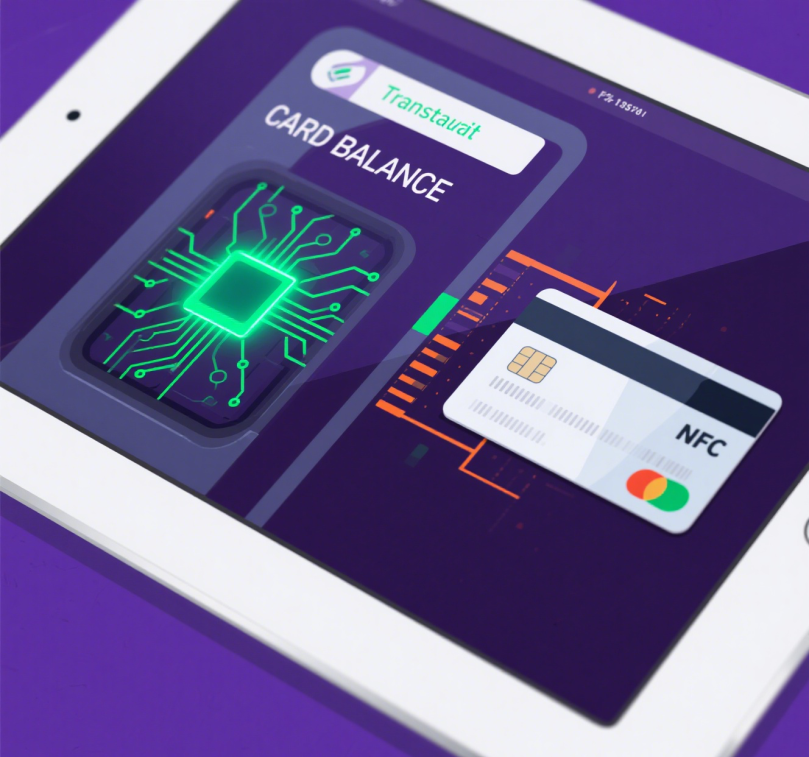 NFC Technology: Ushering in a
NFC Technology: Ushering in a
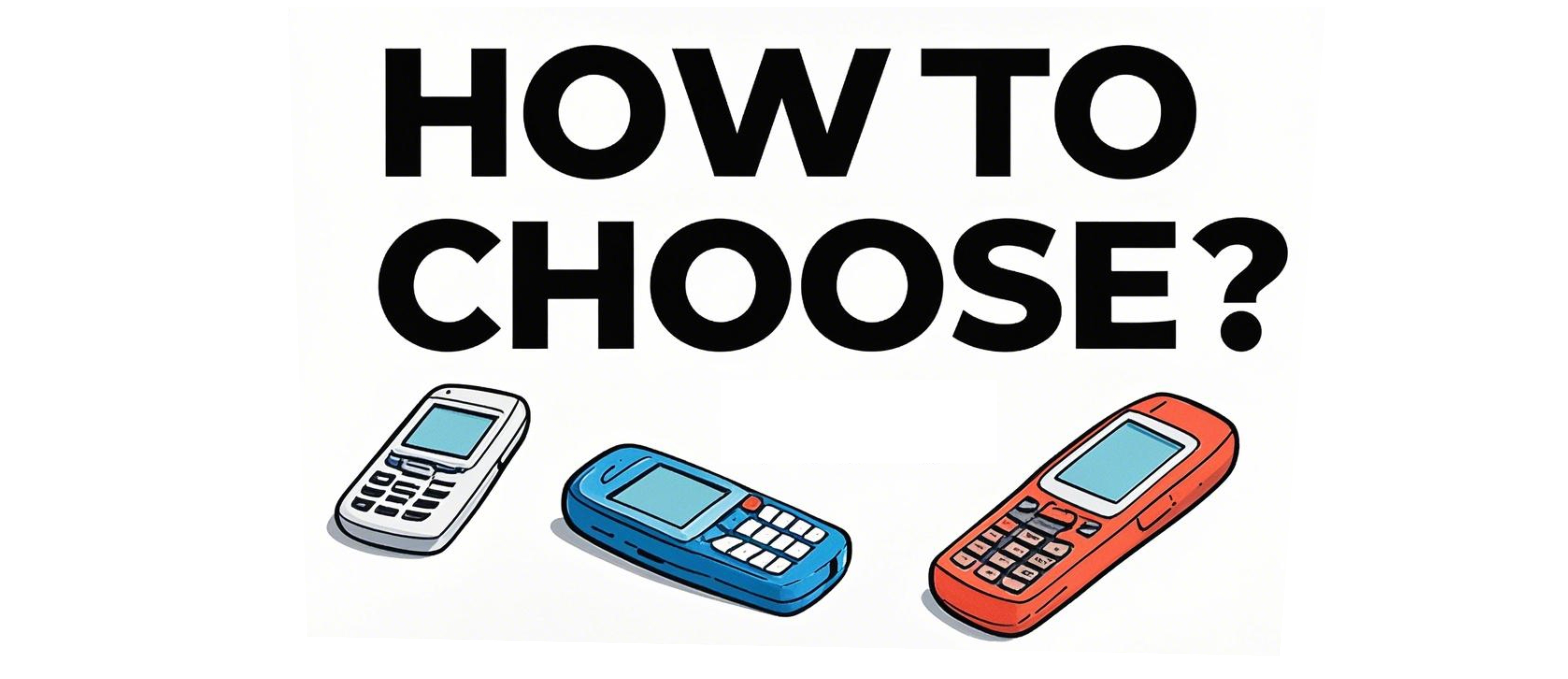 How to choose a suitable handh
How to choose a suitable handh
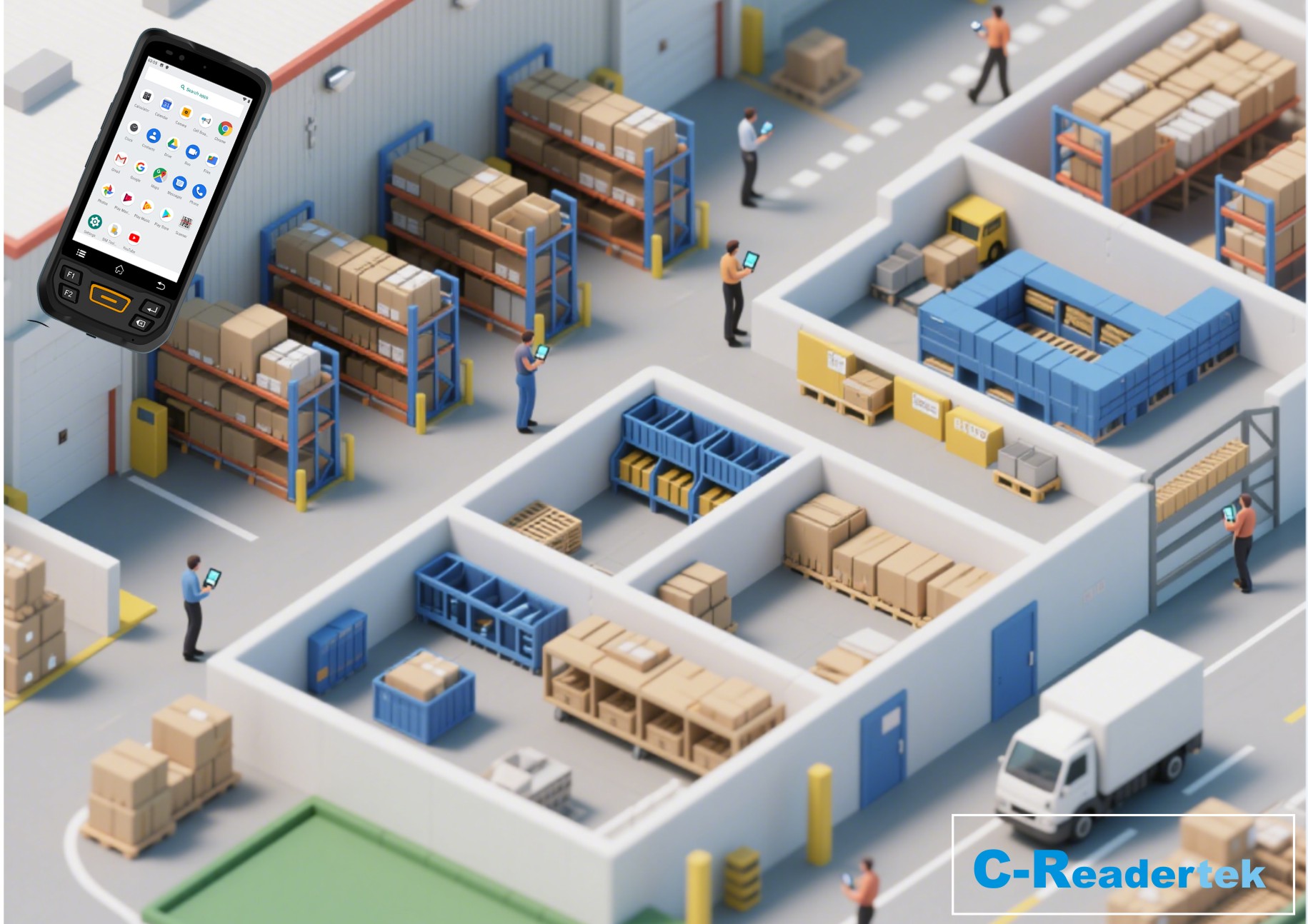 Five core applications of hand
Five core applications of hand
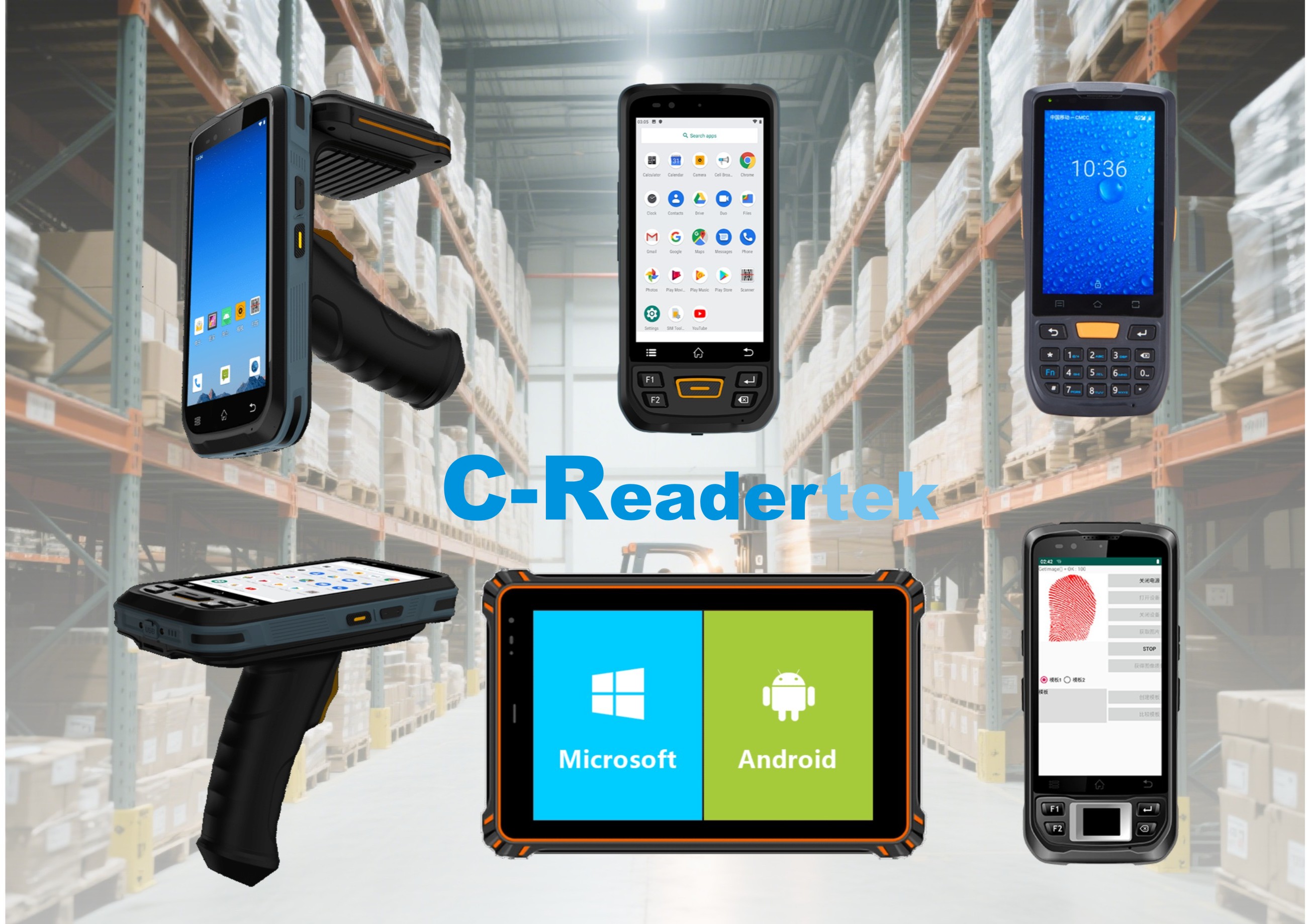 Handheld Mobile Computer - Chi
Handheld Mobile Computer - Chi